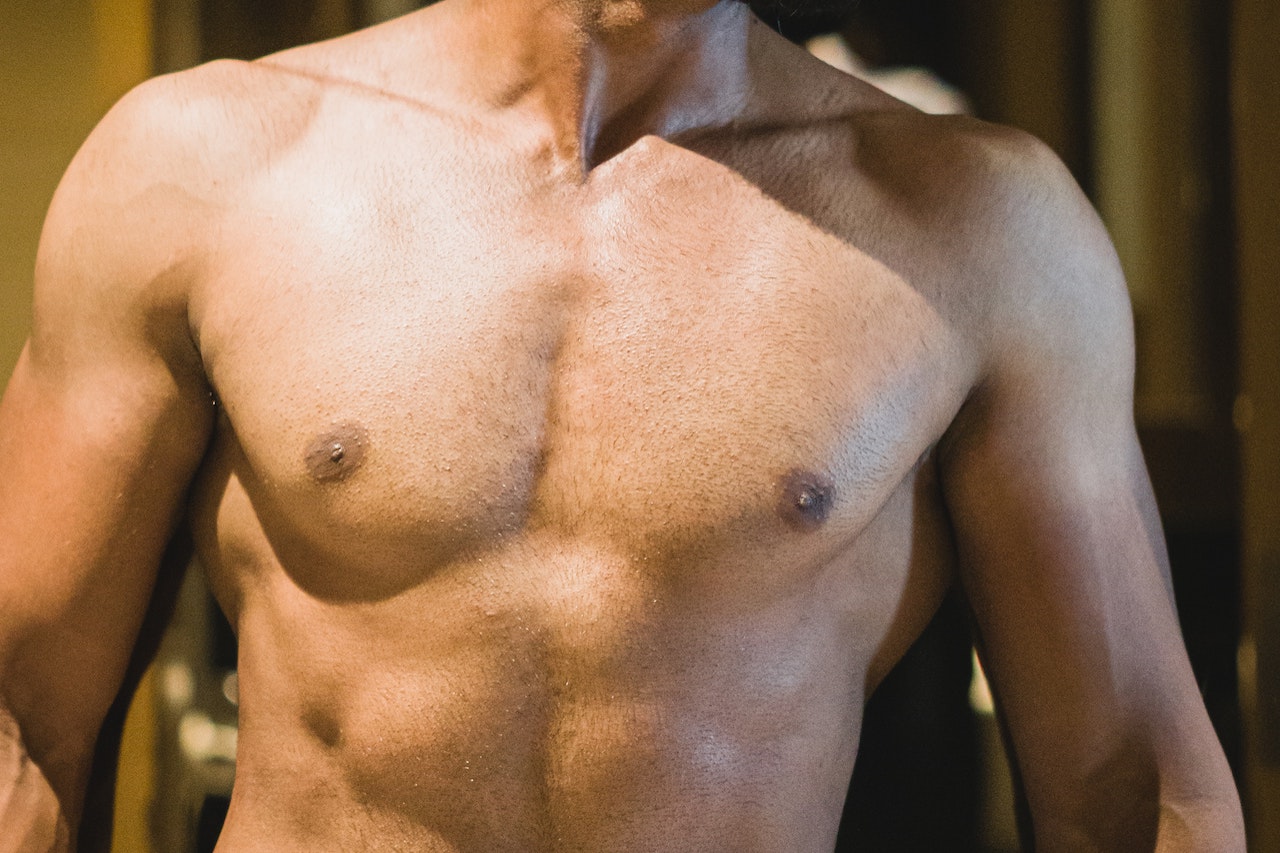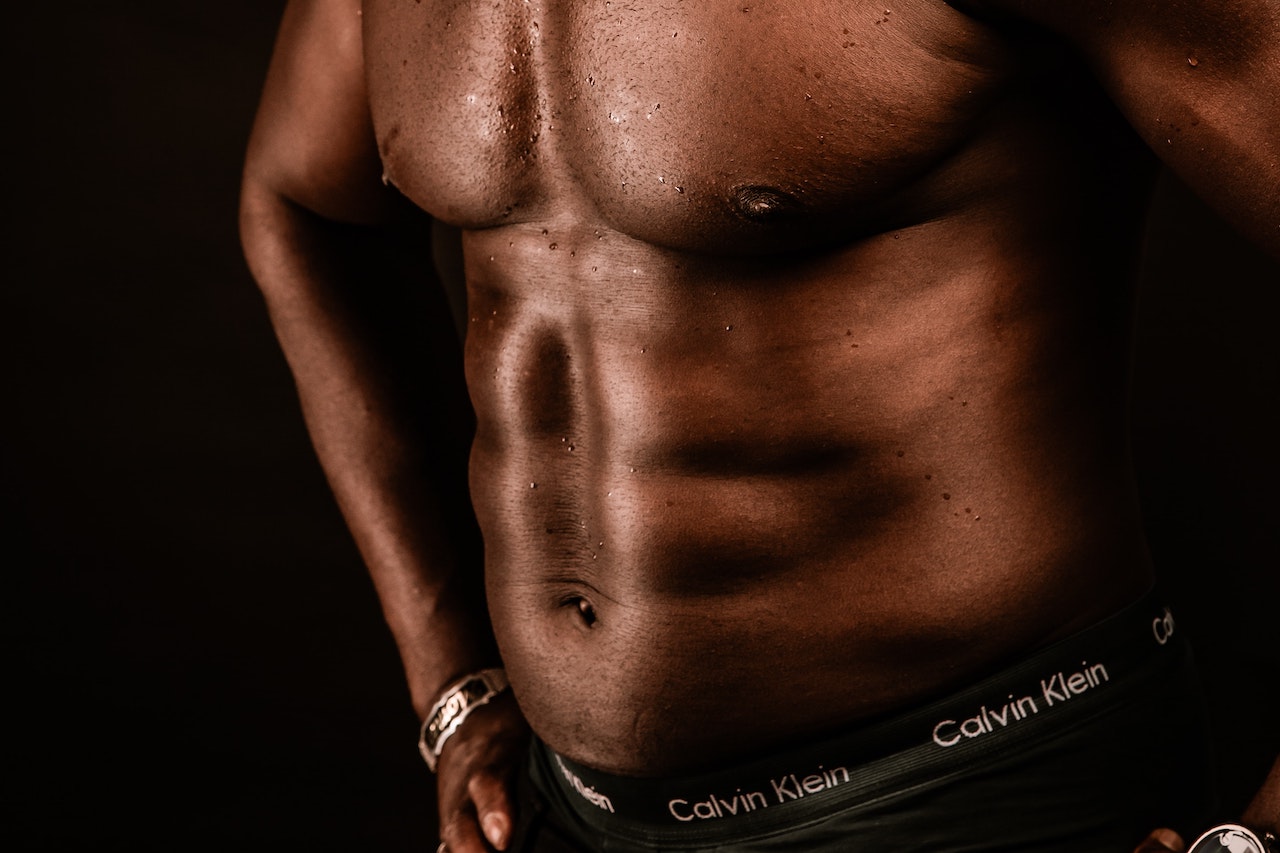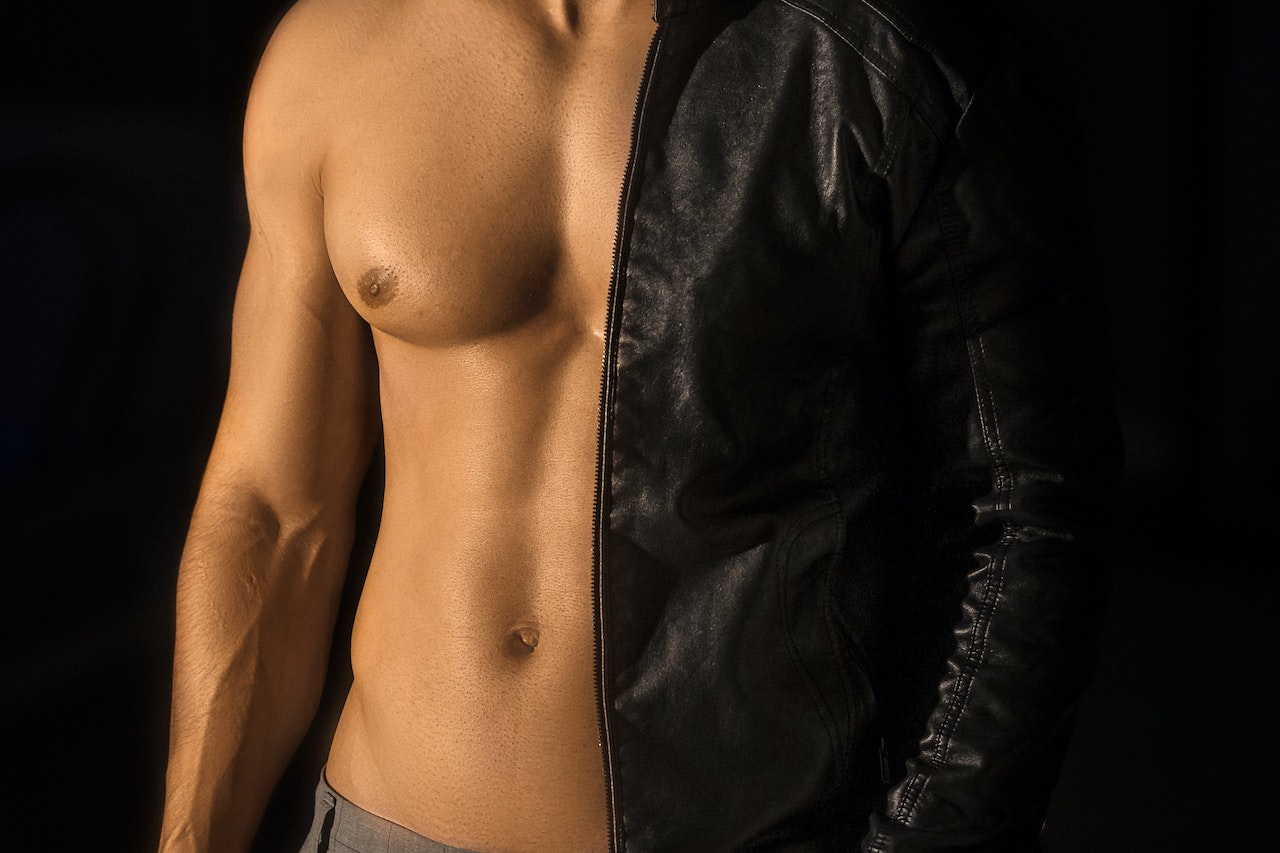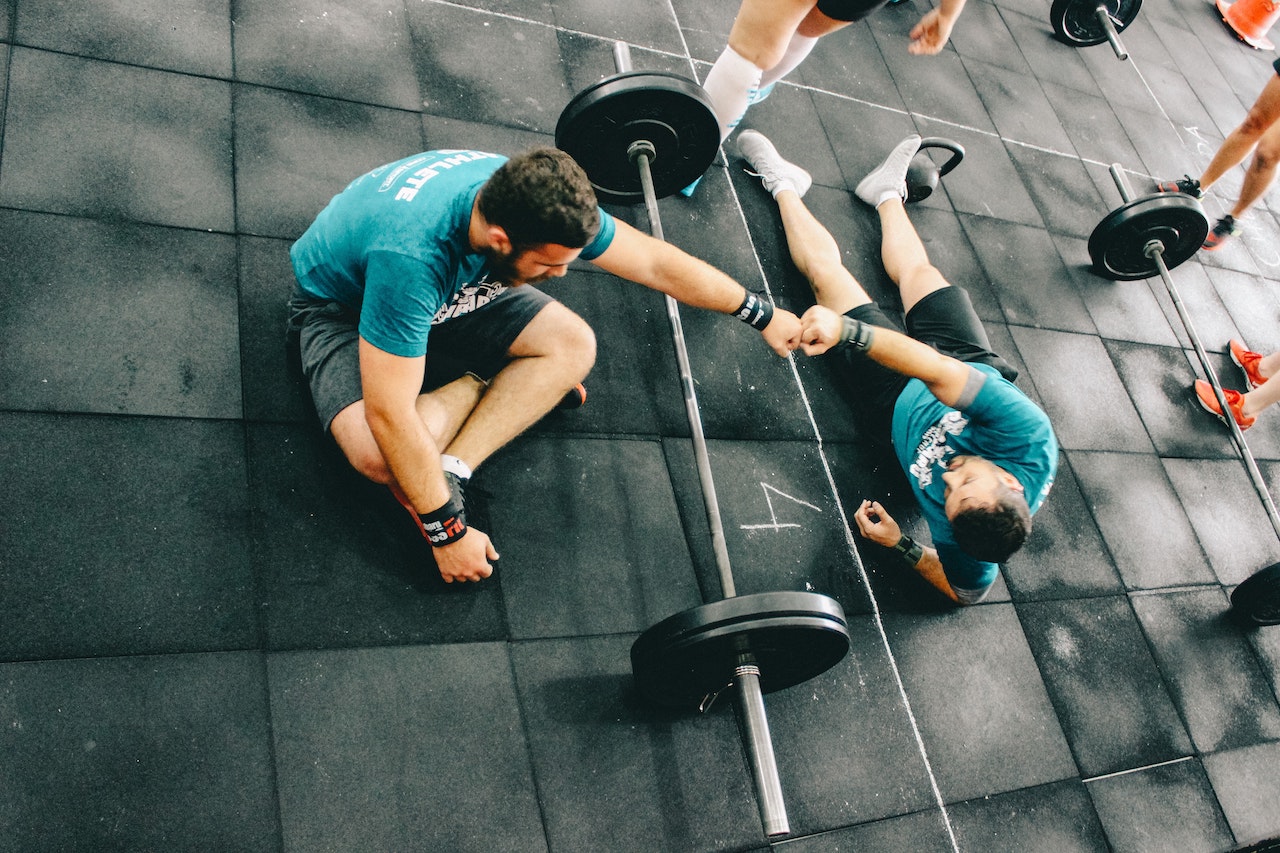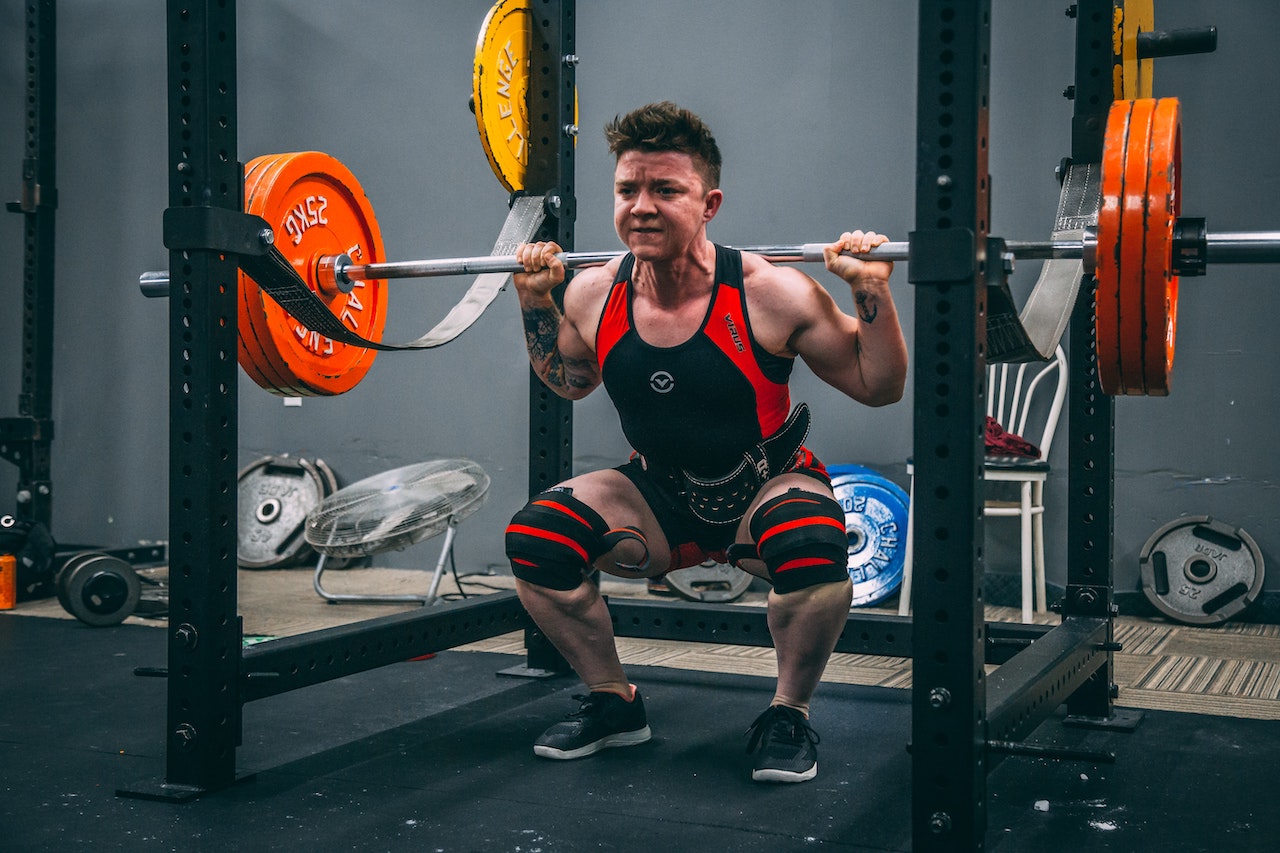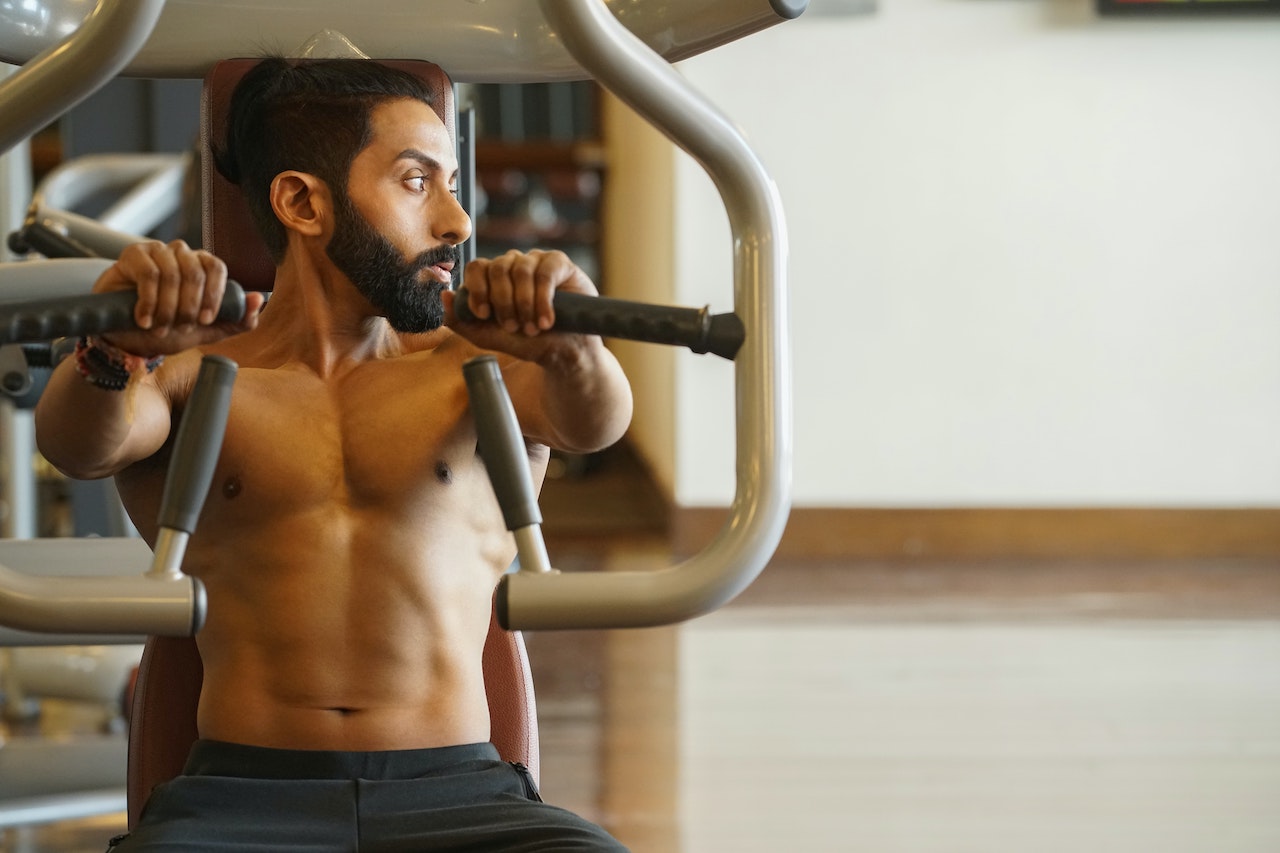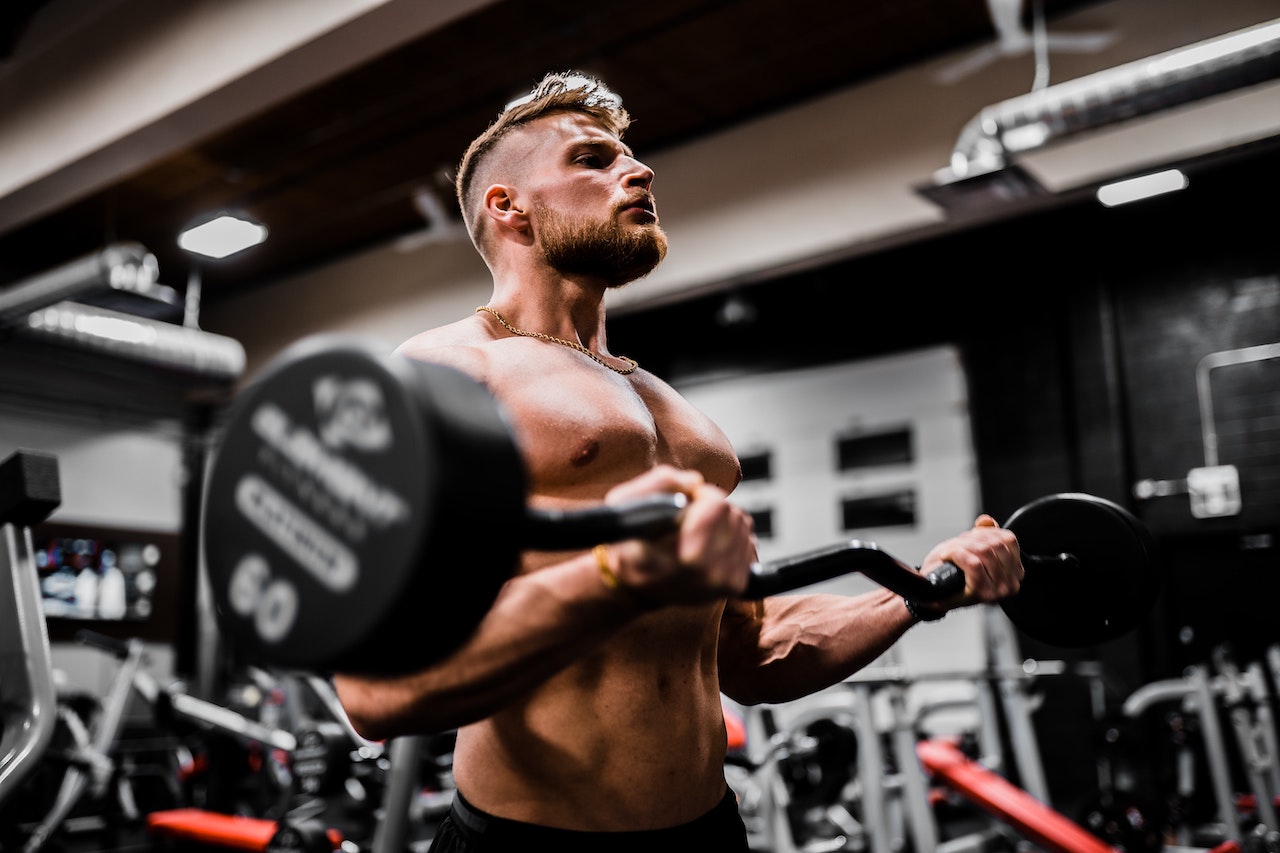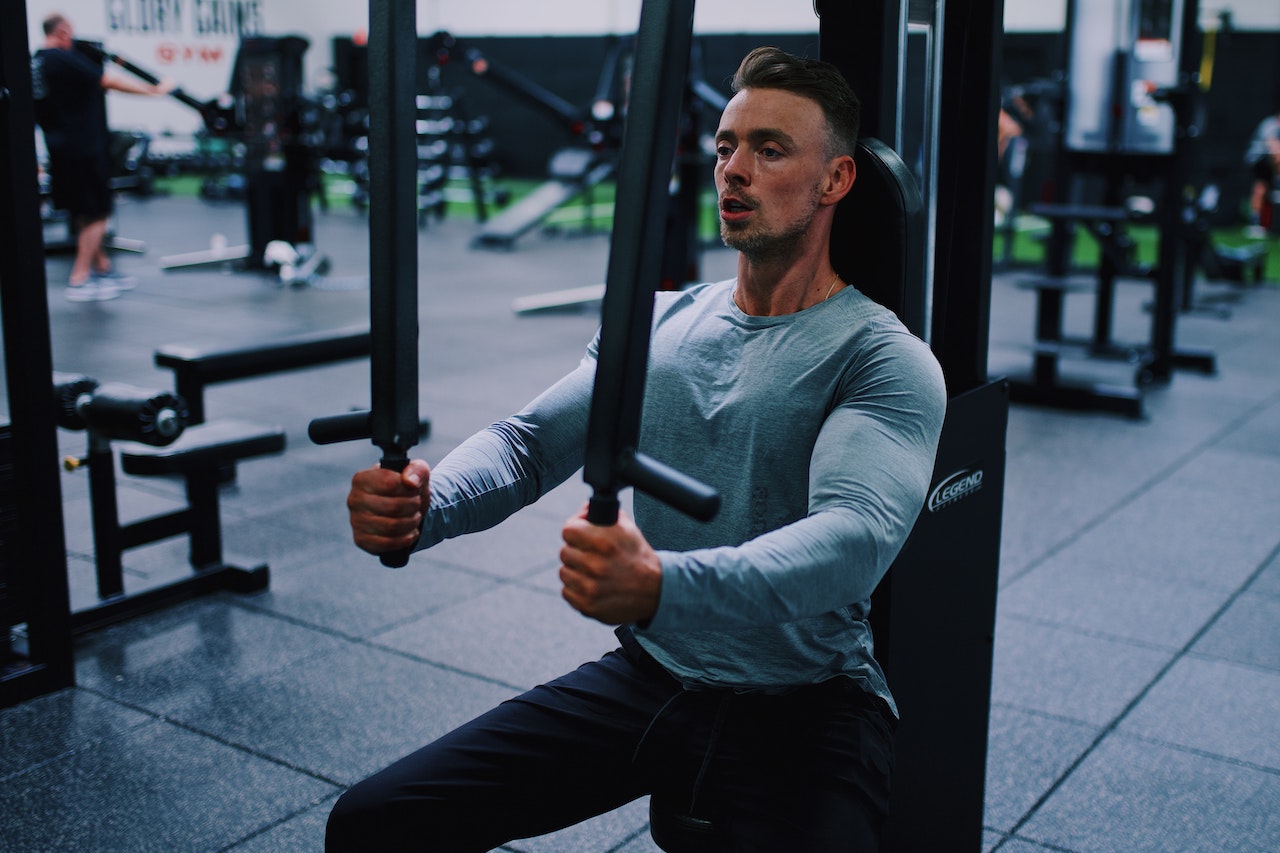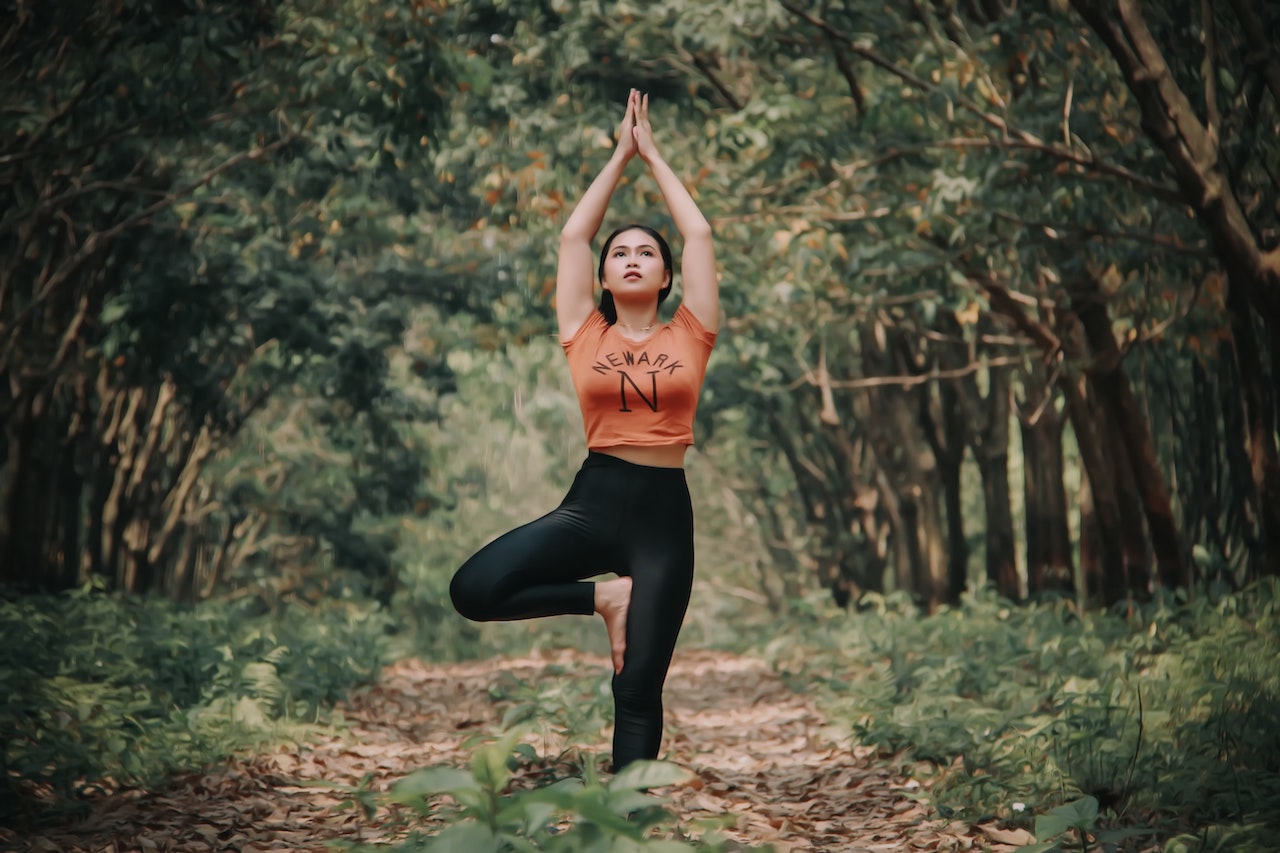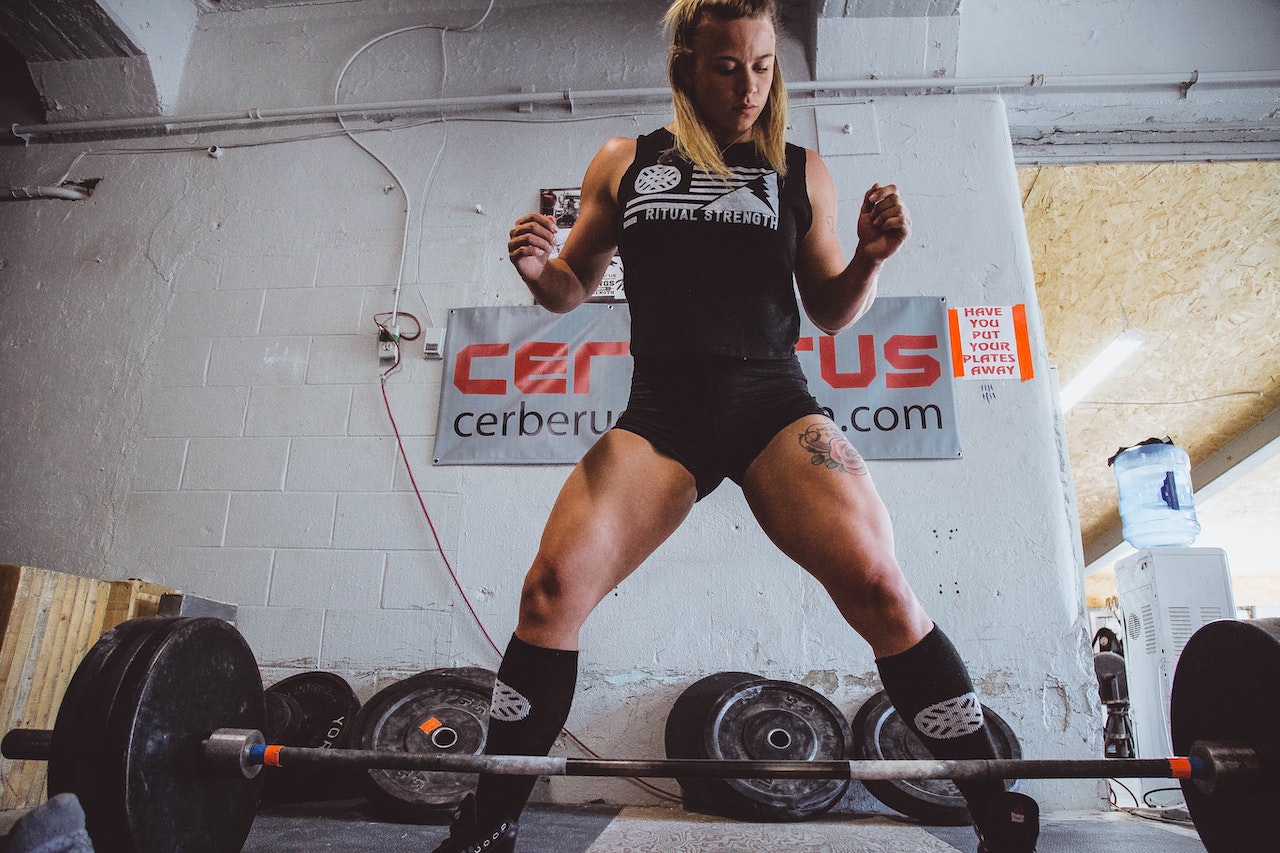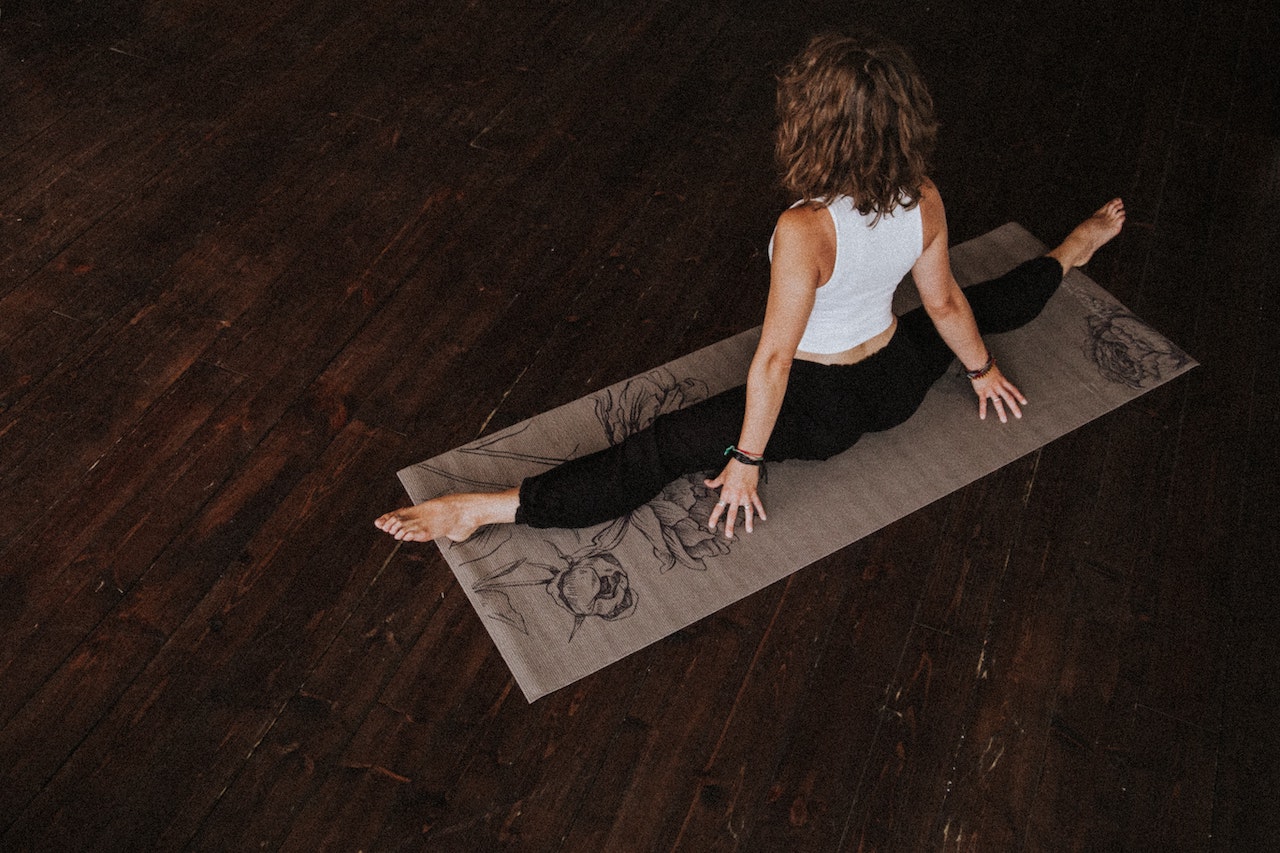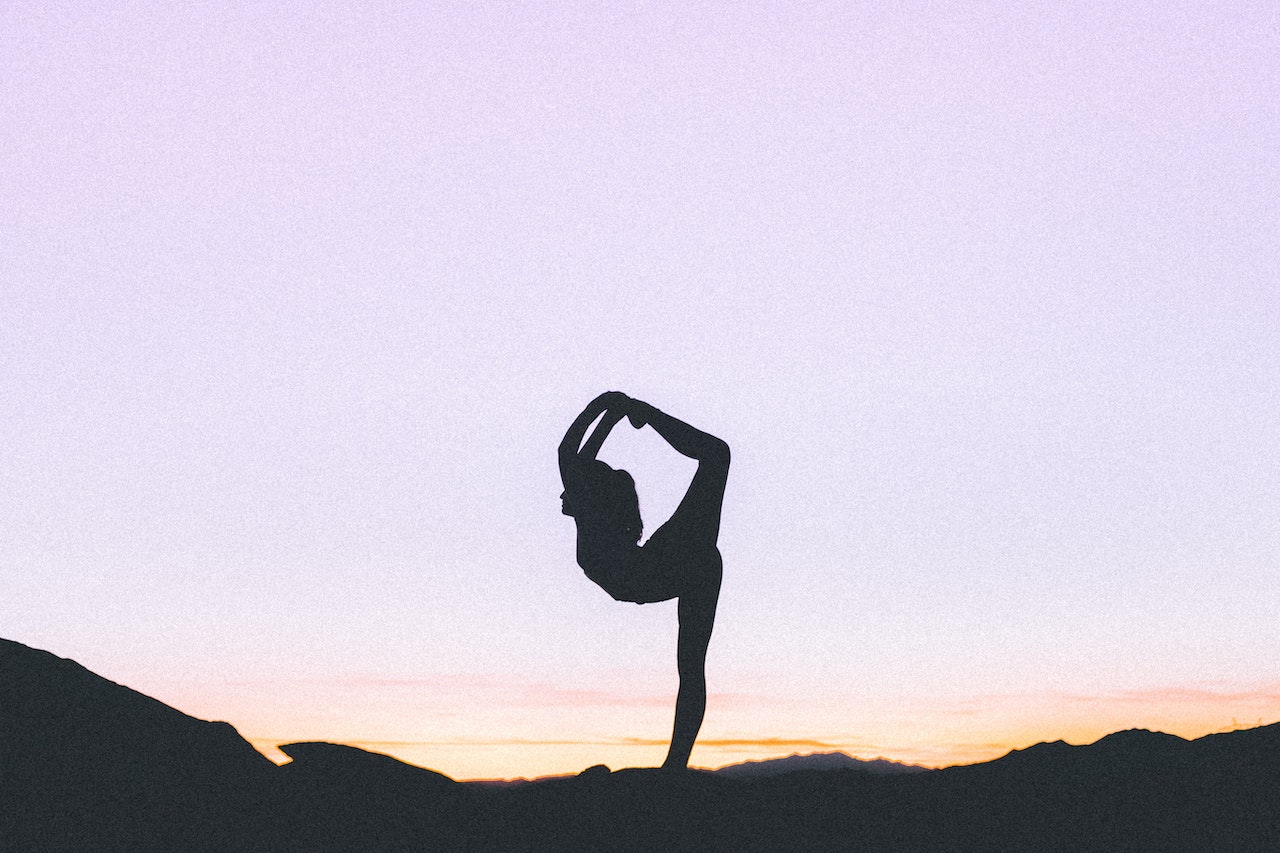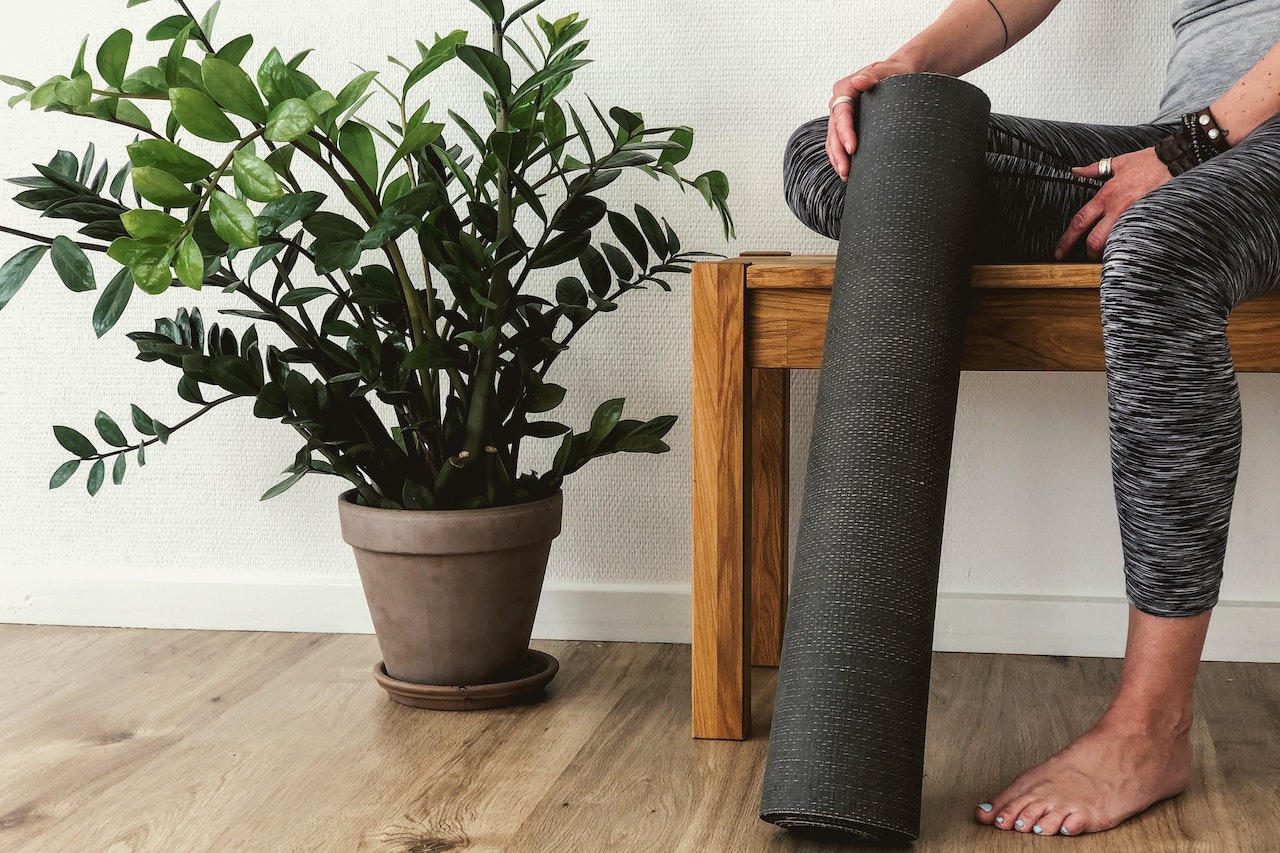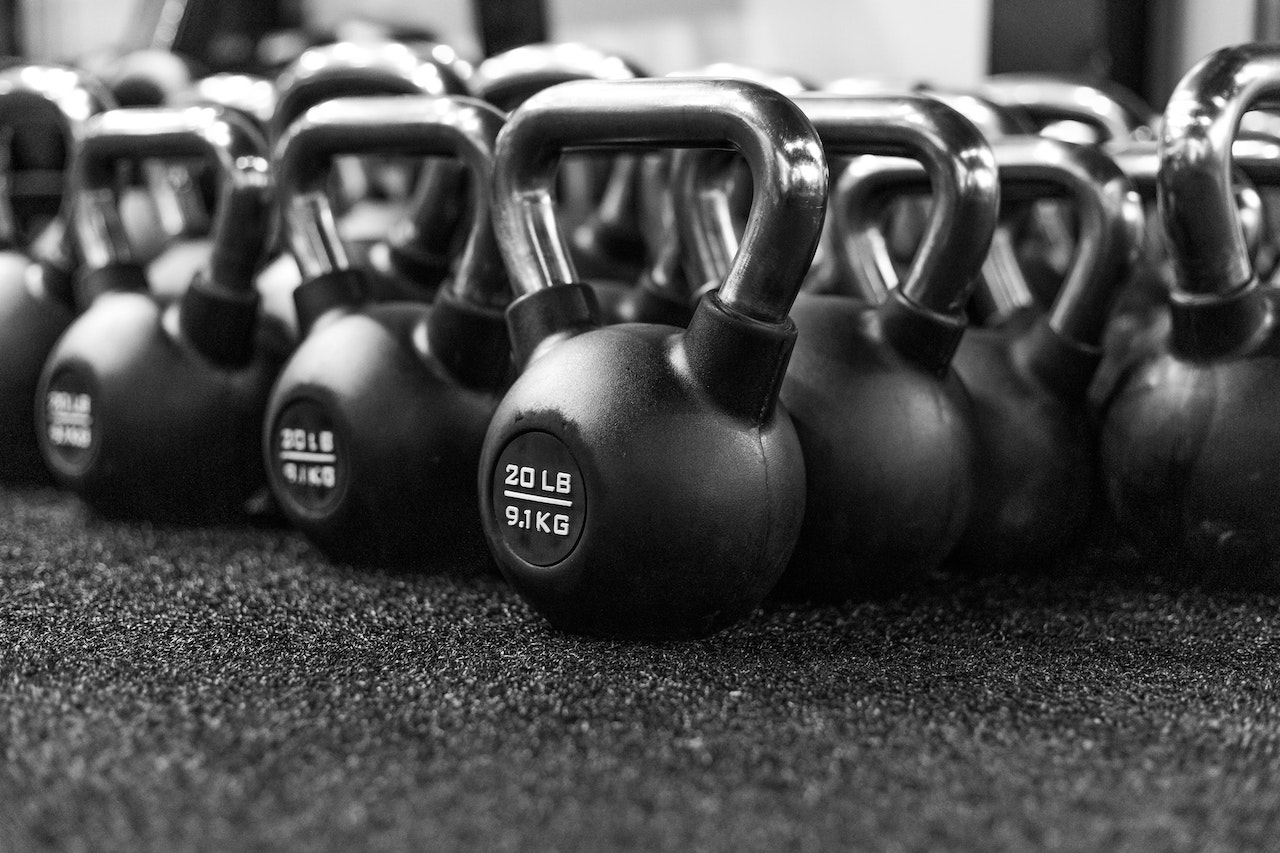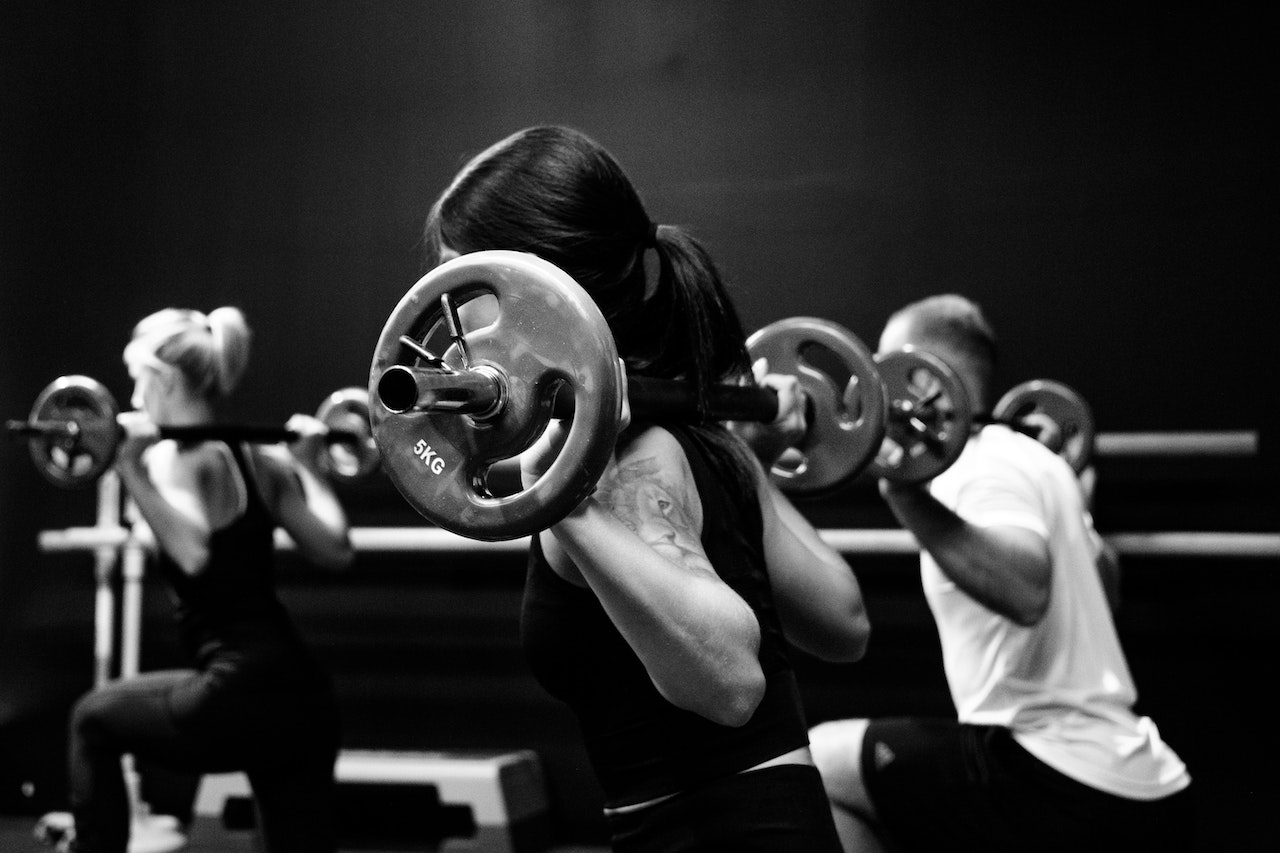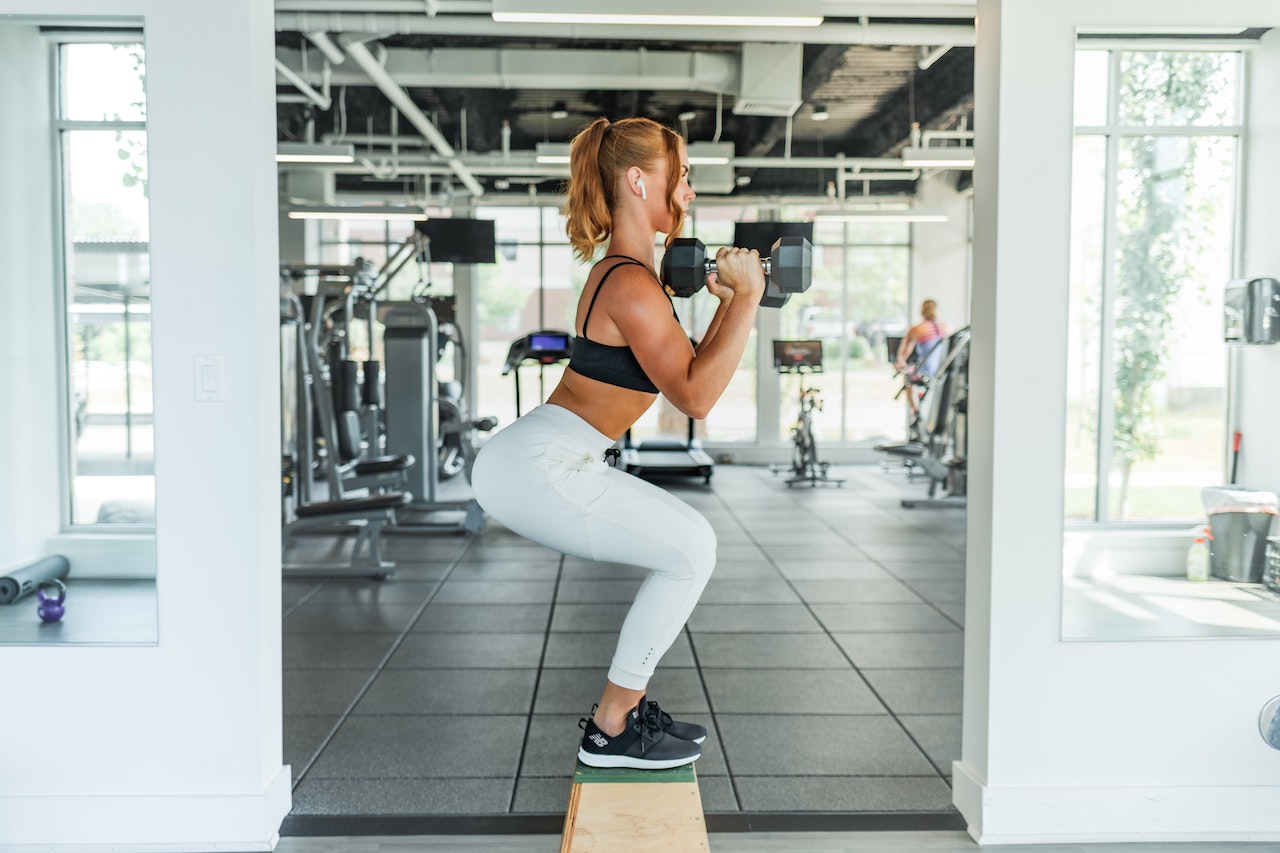most fitness peeps like to train their chest because it is more intuitive to see the success of chest training and easy to have the satisfaction of being the envy of those around you, but neglecting your back makes you lose a lot of fitness. Want to have a huge, eye-catching upper body so you can show off your muscles and strength, even in a t-shirt? You need to concentrate on training your back.
Hammering your upper body, the side you can't see in the mirror, will give you a much bigger boost to your physique, your athleticism, than your biceps.

Back muscles
strengthening important muscles such as the rhomboids and rhomboids (and those neglected muscles of the rotator cuff) lays the foundation for the body to push up more weight and ensure safety. But back training is much more straight bar work, such as dip rows, t-bar rows and reverse rows, which are hard on your shoulders and elbows.
A number of fitness enthusiasts have difficulty with dumbbell or barbell workouts, so why not try rope movements today. They allow your arms to move freely and keep constant tension on the muscles in a way that dumbbells can't. Here are 7 of the best rope moves to bring more muscle to the back.
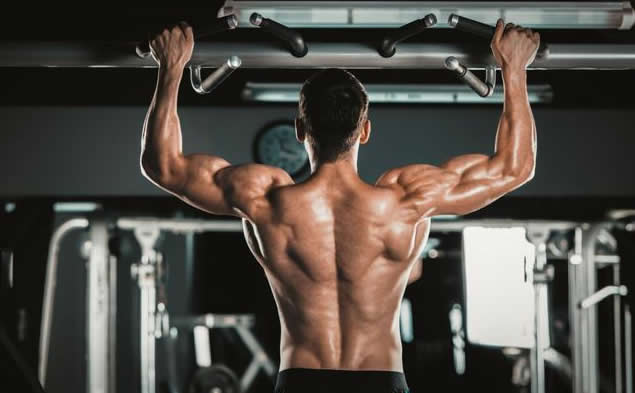
pull-ups
1. Seated rope row
the seated rope row is a favourite move for many fitness professionals and is a major workout for a strong, broad back. It stimulates your obliques and builds back width and thickness, which symbolises strength.
Start the movement by squeezing your shoulder blades together. Touch the handles to the pectoral muscles with each movement. Do not lean back, as this puts unnecessary strain on the lower back. For more targeted training of the back muscles use a wider grip; if you wish to engage the arms more, use a narrower grip.
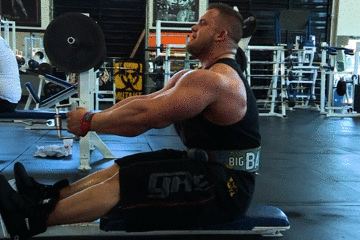
seated rope row
2. Single arm rope row
we have written previously about the importance of unilateral training, as the single arm rope row can be trained independently on one side of the body, which corrects strength imbalances, activates stabilising muscle groups to prevent injury and increases core training.
Set the pulley to chest height. Grab the handles, step back and stand facing the rope. Begin the movement by pulling your shoulder blades towards the centre of your back and do not twist your body as you row. Once you have completed all the movements, switch to the other side and continue.
For stability on one side, stand apart, with one foot up and the other behind (whichever foot is behind), holding the handle with the other side. Or a seated one-arm rope row for better balance control for beginners!
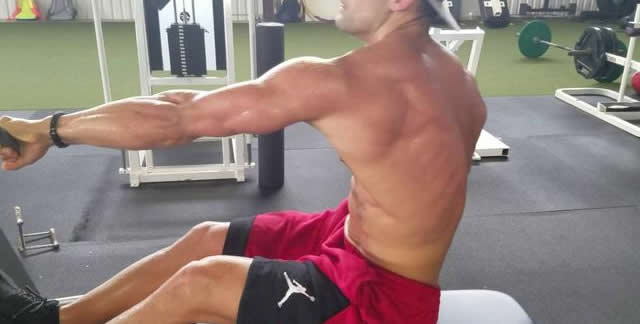
one-arm rope rowing
3. Half-kneeling rope row
to take the standard one arm standing row to a higher level, perform a one knee row. This may seem simple, but this stance changes a lot.
Firstly, it immediately stops you from extending your lower back and keeps your pelvis in a neutral position.
Secondly, you can't use your lower body to compensate for the movement.
Thirdly, you will activate your torso more than before, which can affect almost all sports.
However, it is easy to cheat in the half-kneeling position. Make sure that everything is at right angles to the ropes and that the feet are narrowly spaced. Don't allow the lower ribs to spread out. Don't press the tip of your back leg against the ground, just rest it there. Squeeze your hips and keep your pelvis positioned directly underneath.
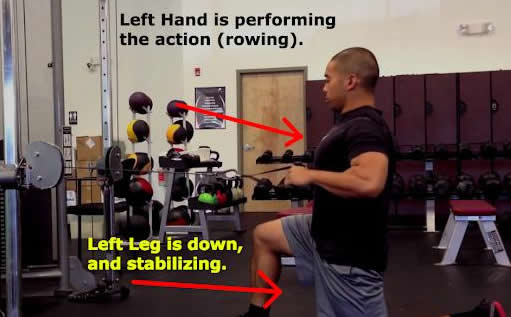
half kneeling rope row
4. Split leg low rope row
by simply changing your position, you can turn a simple rope movement into a full body movement to stimulate the gluteus maximus and hamstrings.
Adjust the handles to their lowest position. Stand with your feet apart, lean forward and bend your hips forward so that your torso is perpendicular to the rope. Grasp the handles with the hand on the same side as the leg behind you. Squeeze the gluteus maximus of the rear leg as you complete the movement.
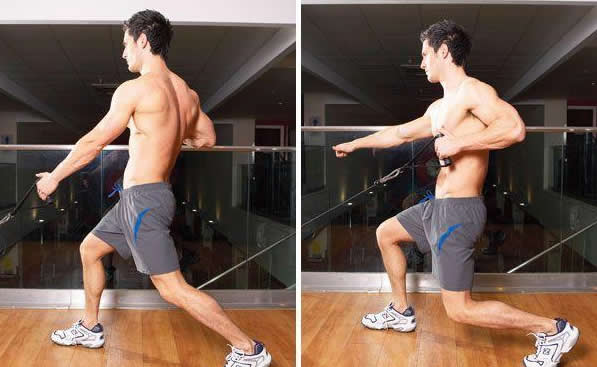
split leg low rope row
5. 30 degree pull down
the rope pull-down is one of the best exercises for developing the latissimus dorsi, but in fact a little backward lean can turn it into an exercise that stimulates the middle and lower trapezius muscles with significantly less stress on the shoulder joint.
Sit in front of a pull-down machine and lean back 30 degrees. Start the movement by squeezing your shoulder blades and pulling the bar up to your collarbone.
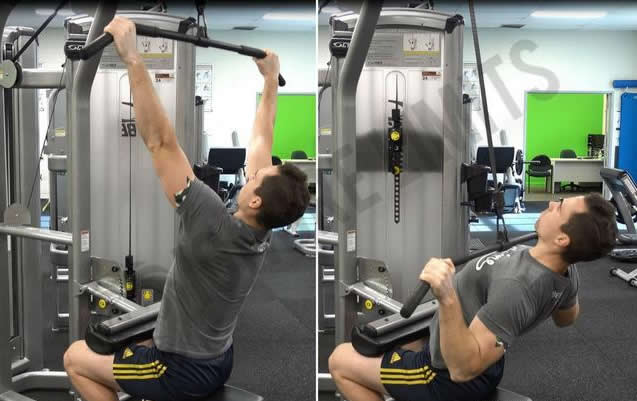
30 degree pull down
6. Face pull
face pulls are amazing for people with poor posture, putting your shoulders in a healthier position and reducing the risk of upper body injury. It doesn't matter how strong you are or how many years you've been working out, the shoulder muscles are not "Strong" And everyone needs to work on this movement to reduce the chance of shoulder injury.
Set the rope higher than your head. Grasp the ends of the rope with each hand, palms facing each other, and start the movement by squeezing your shoulder blades down and back, pulling the rope towards your nose. If you want more range of movement, you can do this by attaching two ropes to one hook and grabbing one in one hand.

face pull
7. Rope x row
the rope x row is another great back exercise that will also build your posture. By doing it from such a unique angle, you can develop strength in the mid-back and rotator cuff muscles to avoid joint injuries.
Use the cross-rope machine. Grasp the right handle with your left hand and the left handle with your right hand. Pull the rope so that the rope pulls the weight up crosswise in front of you until the arms are both straight on their respective sides.
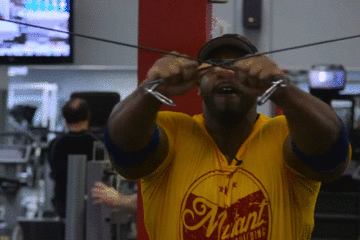
rope x row
if you ask which back movements impress you the most, many people will say pull-ups. Pull-ups are great movements, but every movement has limitations and fitness requires multiple movements to exercise. Put them on your training plan!

